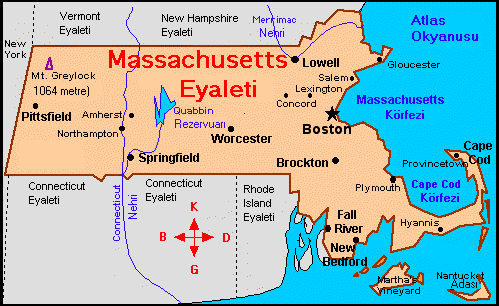Receiving an Equal Employment Opportunity Commission (EEOC) charge of discrimination is a challenging event for any business. With the EEOC’s recent focus on workplace harassment and the national attention generated by the #MeToo movement, it is important for employers to understand the EEOC charge process and what to do when a charge is received.
What is an EEOC Charge of Discrimination?
A “Notice of a Charge of Discrimination” is a signed statement asserting that an employer engaged in employment discrimination and requesting that the EEOC take remedial action. It is filed through the EEOC as part of an employee’s requirement to exhaust their administrative remedies before the employee can file an employment discrimination lawsuit against the employer. A charge of discrimination is based on the employee’s allegation that the employer discriminated against the employee in violation of federal anti-discrimination laws, including Title VII of the Civil Rights Act of 1964 (prohibiting discrimination based on race, color, religion, sex, or national origin), Americans with Disabilities Act (prohibiting discrimination based on disability), and the Age Discrimination in Employment Act (prohibiting discrimination based on age for those 40 or older).
Ten Tips to Consider When an EEOC Charge is Received
When an employer receives an EEOC charge, it is important for the employer to take the charge very seriously and make certain considerations before responding. Here are some tips to consider:
- Don’t ignore the charge. An EEOC charge is not required to be formally served like a lawsuit. It will be sent in a regular envelope via certified mail. It is important to ensure the charge does not fall through the cracks. The charge contains important details of the employee’s claims and the deadline for filing a Statement of Position.
- Notify and get key decision makers involved. Upon receipt of a charge, appropriate personnel in the legal department and decision makers should be informed immediately. While it may be necessary to limit the number of people who need to know that a charge has been filed, key decision makers should be involved from the outset to ensure necessary steps are taken to properly respond to the charge.
- Preserve evidence. Necessary steps should be taken to preserve all relevant documents, files, e-mails, social media postings, and anything else related to the charge. This may include suspending automatic electronic deletion policies and prohibiting employees from destroying documents related to the charge. It may also be necessary to make forensic images of computers and/or cell phones to preserve metadata and other electronic information.
- Take measures to prevent retaliation. Filing an EEOC charge is considered a “protected activity”, and any adverse actions taken against the employee for filing the charge is considered retaliation. The employer should ensure that the employee filing the charge and employees participating in an investigation are not punished for doing so. Managers should be reminded that retaliation will not be tolerated.
- Collect relevant documents. Before responding to the charge, it is necessary to understand what happened. Part of the investigation should include collecting all written documents relevant to the charge, including documents requested by the EEOC in the charge. This should go hand-in-hand with the employer’s efforts to preserve evidence.
- Identify witnesses. Identify employees and other witnesses who many have knowledge or information regarding the allegations in the charge. Interviews may be necessary to gather information from witnesses. This may also include collecting employee statements which may be used to support the response to the charge.
- Review for comparator information. An element of proving discrimination involves a showing of comparator employees (similarly situated employees who engaged in similar conduct) that were treated differently. On the flip-side, a key defense is to show that comparator employees were treated similarly. Identification of comparators should be an important part of the investigation.
- Notify EPLI policy carrier. Employers with Employment Practices Liability Insurance (EPLI) should promptly notify their EPLI policy carrier to provide a notice of claim. An EEOC charge puts the employer on notice of a potential lawsuit, so a notice of claim should be expeditiously filed to ensure coverage is not denied based on untimeliness.
- Consider mediation. Mediation is often offered as an option by the EEOC. The EEOC has a mediation program that is free to the parties. Mediation is a confidential opportunity for the parties to resolve the matter prior to responding to the charge. The parties are not required to settle at mediation, though it provides an opportunity to do so before incurring increasing costs of litigation.
- Prepare a response. The employer’s Statement of Position should be drafted with careful consideration after thorough investigation, including gathering relevant information and interviewing witnesses. Given the significance of the Statement of Position, it is prudent to seek advice of counsel to prepare a comprehensive response. Employers should keep in mind that the Statement of Position is discoverable in litigation, so the response will be part of what is considered by the fact-finder in any subsequent litigation.
Responding to an EEOC charge can seem like a daunting task. Employers would do well to understand what is involved in respond to a charge and steps that should be taken upon receipt of a charge.
Work hard at work worth doing. This is what drives Daniel Park in every aspect of his life. At Berman Fink Van Horn, Daniel demonstrates this in everything he does.

